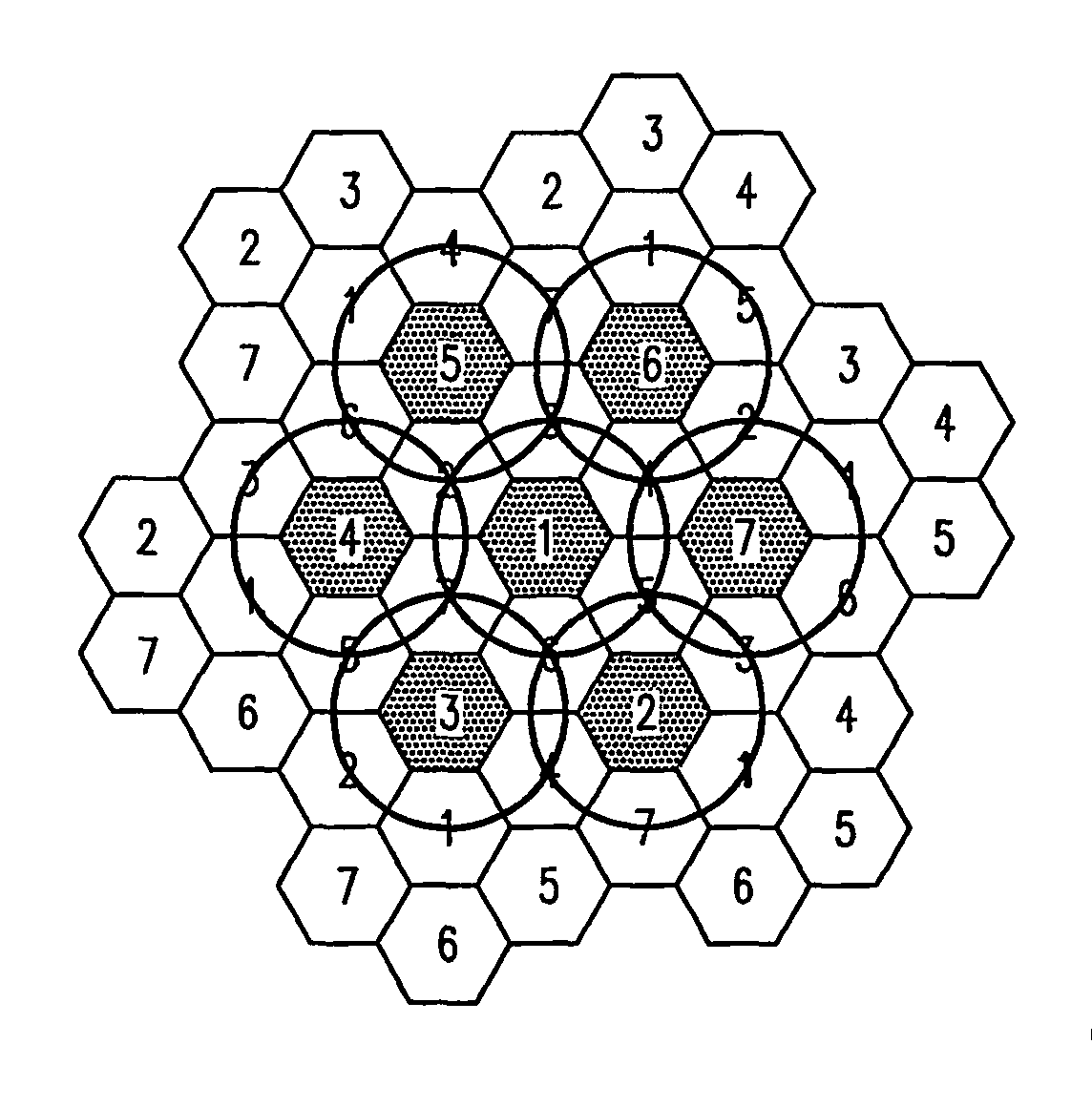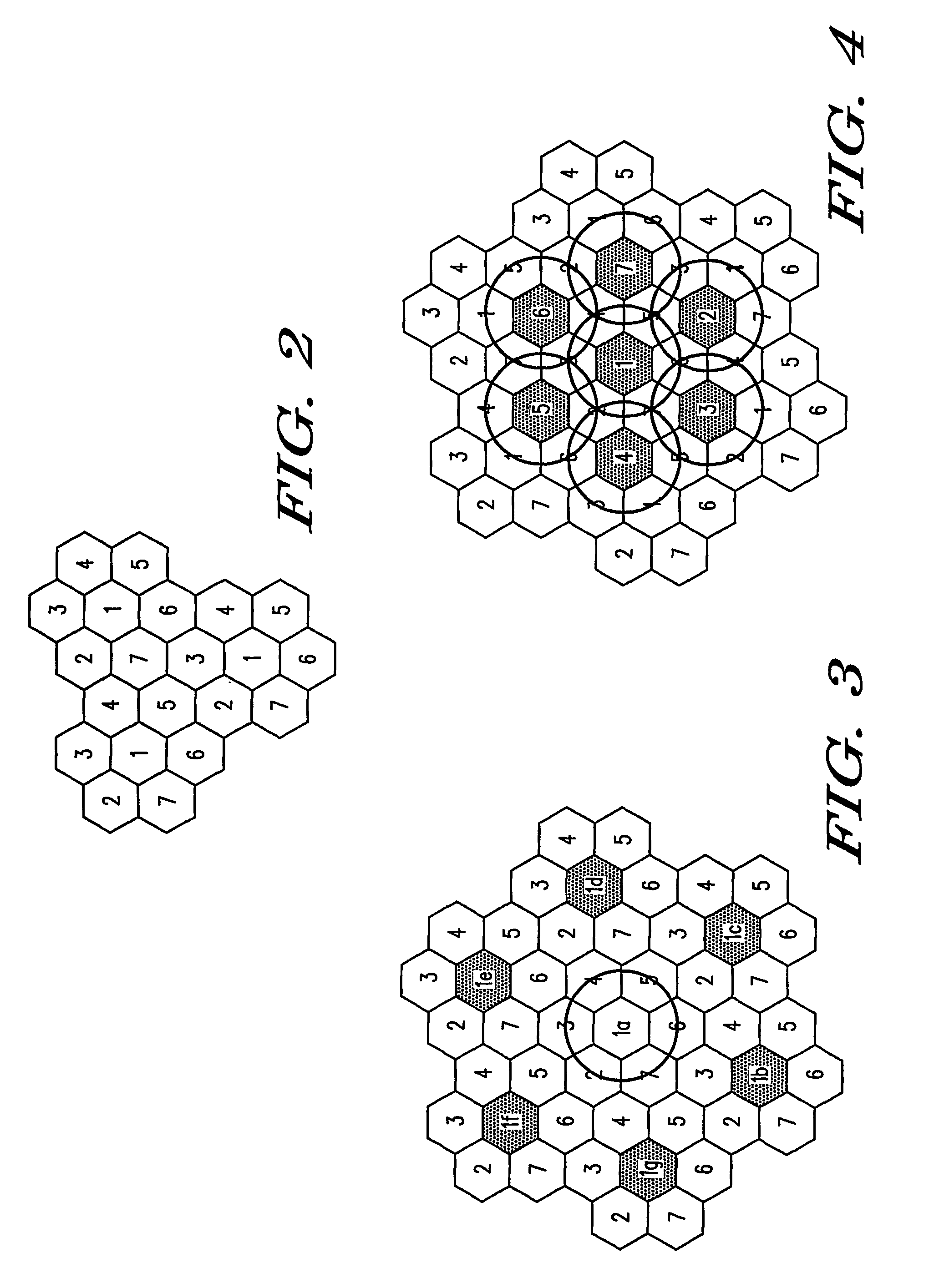Cellular radio communication systems and methods and equipment for use therein
a technology of cellular radio communication and equipment, applied in substation equipment, power management, electrical equipment, etc., can solve the problems of decreasing the output operational power level of neighbouring co-channel base stations, and achieve the effects of increasing wide area coverage, and decreasing the output operational power level
- Summary
- Abstract
- Description
- Claims
- Application Information
AI Technical Summary
Benefits of technology
Problems solved by technology
Method used
Image
Examples
Embodiment Construction
[0036]The manner in which the invention satisfies the stated needs described earlier will now be explained with respect to each of the problem situations described in the Background section of this specification. The following description is exemplary in terms of a Private Mobile Radio (PMR) system, with base stations having direct connection capability. The invention may however be applicable also to other types of cellular systems, with modifications which will be readily apparent to persons skilled in the art. The method of the invention calls for measures to be taken on two different occasions—(1) upon setting up and programming (or re-programming) a particular cellular system and (2) when a fault is detected. The first mentioned occasion may even extend back to the planning phase of the system, whereby some of its characteristics (notably cell boundaries and channel allocation) may be determined iteratively with the needs of fallback procedures, especially when operating accord...
PUM
 Login to View More
Login to View More Abstract
Description
Claims
Application Information
 Login to View More
Login to View More - R&D
- Intellectual Property
- Life Sciences
- Materials
- Tech Scout
- Unparalleled Data Quality
- Higher Quality Content
- 60% Fewer Hallucinations
Browse by: Latest US Patents, China's latest patents, Technical Efficacy Thesaurus, Application Domain, Technology Topic, Popular Technical Reports.
© 2025 PatSnap. All rights reserved.Legal|Privacy policy|Modern Slavery Act Transparency Statement|Sitemap|About US| Contact US: help@patsnap.com



